
Not everyone dreams of shared closets or constant small talk in the kitchen. These days, more Americans are swapping couple goals for solo grocery hauls and silent mornings. It’s not about loneliness—it’s about liberation. Wondering why so many are going it alone? These 20 reasons might just explain the trend.
Marriage No Longer Feels Essential

For many, adulthood isn’t measured by wedding bells anymore. Personal freedom, career focus, and emotional independence now matter more than tradition. As marriage rates fall by nearly 60% since 1970, more Americans are choosing to live alone rather than pair up just to check a box.
Longer Lifespans Support Independence
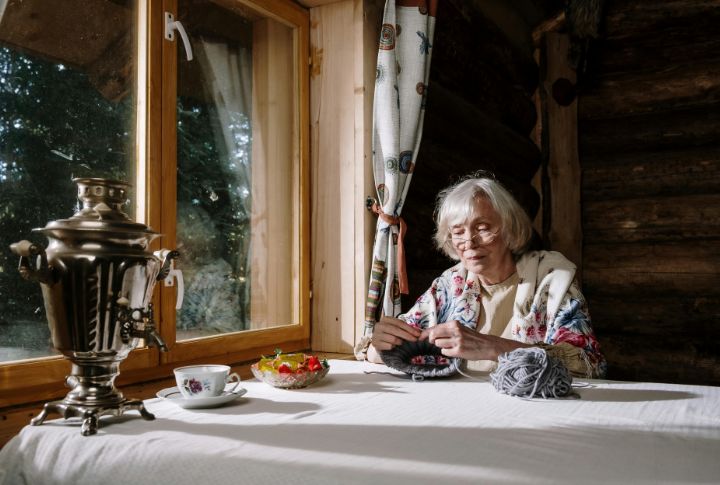
Living longer means people don’t need to rush into companionship for survival. With life expectancy now topping 78, more seniors embrace autonomy. Aging solo allows them to maintain routines, make personal choices, and enjoy life without defaulting to dependency on children or partners.
Divorce Is More Common

With divorce rates nearly doubling since the 1990s, more adults are re-entering single life, often by choice. The shift away from “forever” relationships has normalized independent lifestyles. As more people leave marriages, solo living isn’t seen as a fallback—it’s often the new preferred path forward.
Women Have More Independence

A shift in who holds the paycheck has changed how people live. Nearly half of American women now out-earn their partners, and many choose not to have one at all. Homeownership among single women is on the rise, too. For career-focused women, living alone can feel more like a well-earned badge of empowerment.
Remote Jobs Changed Living Needs

Over a third of American jobs can now be done remotely. That freedom lets workers leave pricey cities and ditch unnecessary roommates. Solitude has become a productivity tool, and video calls have replaced the need for constant in-person contact. Solo living feels both efficient and entirely normal.
City Living Suits Solos

Step into most American cities, and solo living feels built-in. One-bedroom apartments and social amenities surround urban residents. With 80% of Americans calling metro areas home, living alone is expected. And when daily interactions buzz all around, solitude inside doesn’t always mean silence or distance from connection.
Single Life Is Socially Accepted

Once upon a time, being single at a certain age drew whispers. Now, it sparks envy. About 46% of U.S. adults are unmarried, and that number is climbing. Pop culture embraces independence, influencers showcase solo travel and cozy apartments, and even new vocabulary like “self-partnered” reshapes the narrative.
Therapy Encourages Independence

More young adults are choosing therapy, with nearly a quarter seeking treatment. Alongside that shift, solo time has gained new meaning. Journaling and quiet hobbies are tools for building emotional resilience. Strength now includes being alone and still feeling emotionally grounded.
Pets Offer Daily Companionship
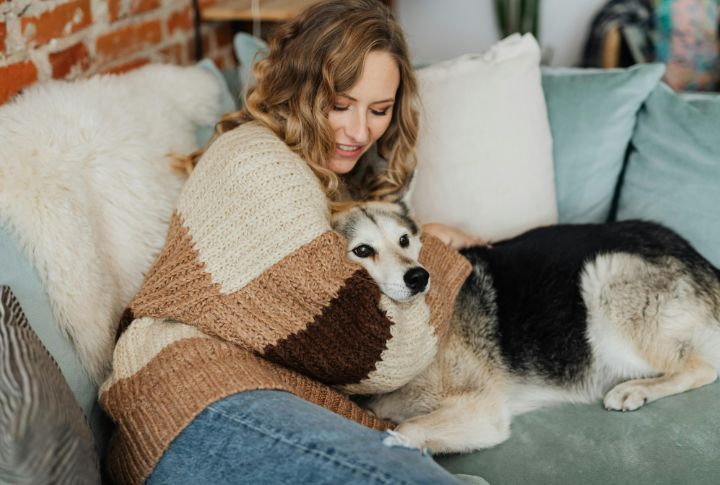
Ask a solo dweller who they talk to most, and there’s a good chance it’s furry. About 66% of U.S. households include a pet. Cats curl up like therapists, dogs wag with endless warmth, and terms like “fur baby” are real.
Technology Keeps People Connected

A quiet home doesn’t mean a disconnected life. Video calls and voice assistants keep the day flowing with sound and connection. Streaming replaces shared TV time. Groceries arrive without a partner’s list. And even simple tasks come with a “Hey Siri.” Technology makes solitude feel less like silence and more like control.
Wages Can’t Keep Up With Housing

In cities where paychecks don’t stretch far, sharing space doesn’t always feel sustainable. Housing costs outpace wages across most U.S. regions. While roommates might lower bills, they also shrink privacy. For some, solo renting offers stability without emotional risk or pressure to split costs with a partner before they’re ready.
Policies Support Living Alone
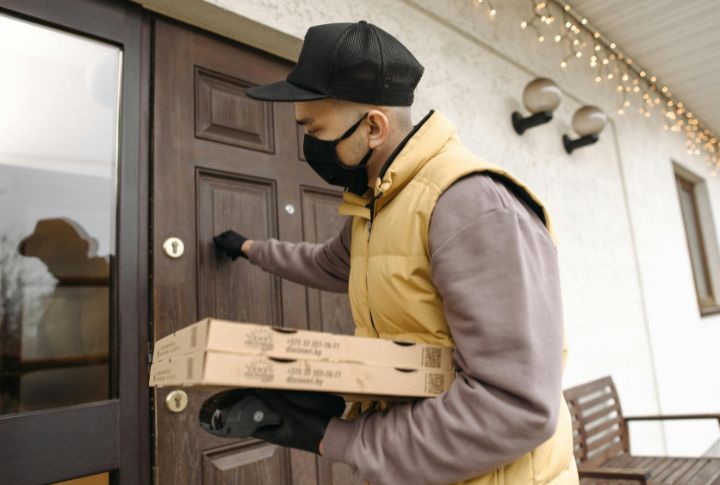
Social programs have caught up with reality, offering tax breaks, zoning for tiny homes, and home-delivered services for solo seniors. U.S. policy increasingly recognizes that one-person households aren’t outliers anymore. These practical supports help people stay independent longer and feel less economically penalized for it.
Fewer Caregivers For Aging Parents

When families are smaller, and children live farther away, aging alone becomes more common. Many seniors now use support tools and remote caregiving tech to manage on their own. With fewer caregivers per household, solo living often becomes a necessity. However, thanks to modern options, it’s no longer unmanageable or unusual.
Personal Safety Has Improved
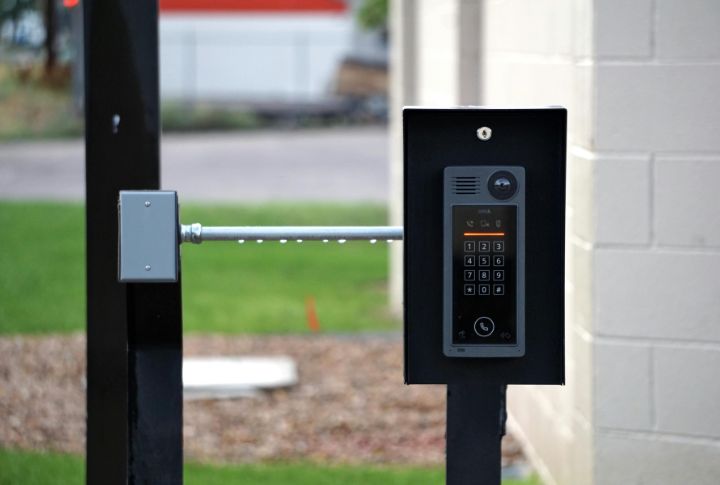
Living alone once raised real safety concerns. Yet today’s environment looks different. Violent crime is down significantly from the ’90s, and safety tech offers daily peace of mind. Women, in particular, feel more secure in homes supported by GPS, alarms, and safer community designs.
Graduates Start Solo
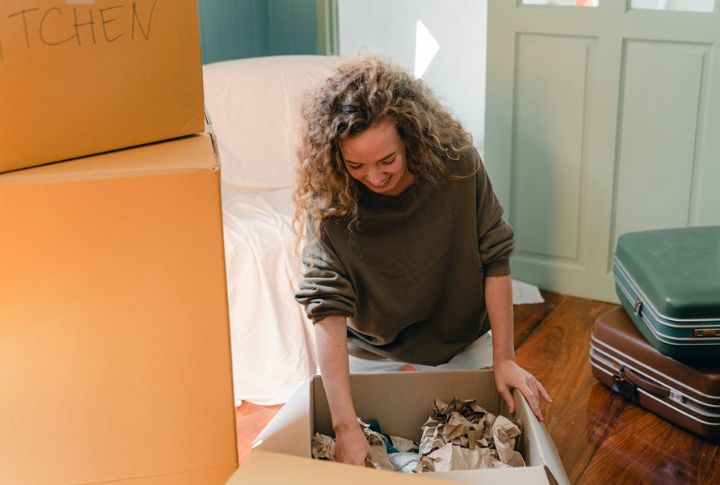
The transition from college life to adulthood often comes with a solo lease. Rather than rushing into cohabitation, many grads choose to live alone to value space to grow. It’s a setup that teaches more than just cooking and budgeting.
Young Adults Delay Relationships

The average wedding date is arriving later if it arrives at all. Most young adults choose to invest in careers and personal growth before committing. Financial independence comes slowly, and hook-up culture delays long-term planning. The result is more solo leases and a longer stretch of living independently.
Solo Living Looks Cool Online

On-screen, the solo apartment glows with natural light and neatly stacked books. Influencers have turned Independence into a lifestyle brand where “me time” is chic and curated. Hashtags like #livingalone trend for a reason: they show solitude not as isolation but as aspirational and deeply satisfying.
Mental Health Needs Space

As therapy conversations go mainstream, so does the idea that living alone can be healing. Quiet spaces often help manage anxiety, while solo routines offer structure. People are encouraged to set boundaries, which is recognized as a valid and sometimes essential step in emotional wellness.
Short-Term Rentals Enable Freedom
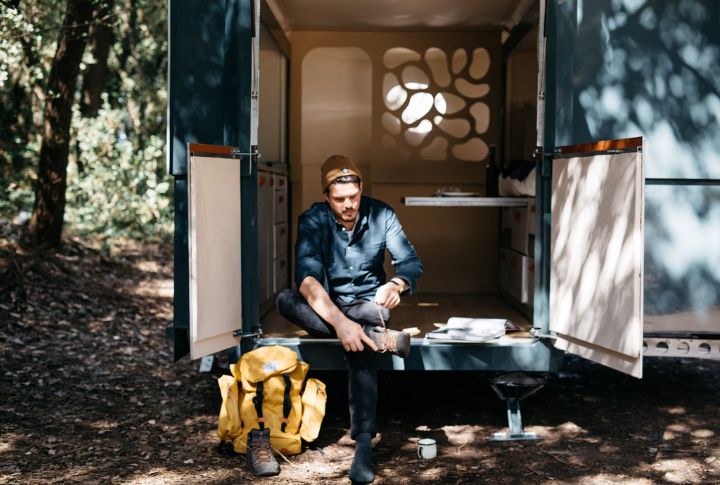
Solo living doesn’t always involve a fixed address. With platforms like Airbnb, digital nomads move freely. People choose compact homes or trailers over long-term leases or cohabitation. In a world prioritizing experiences and mobility, one-person households feel more like doors opening than ties holding anyone down.
Privacy Is A Cultural Priority
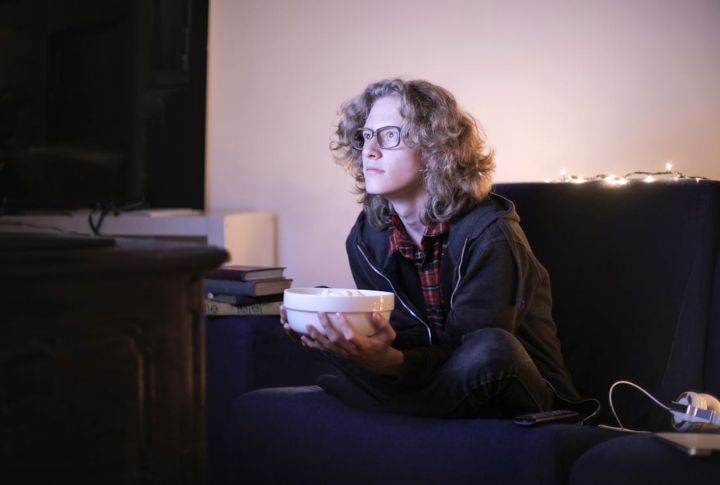
American homes are built big, and that reflects something deeper: a cultural preference for space and independence. Personal boundaries matter here. Living alone is seen as part of a lifestyle where people take comfort in having full control over their own environment.

